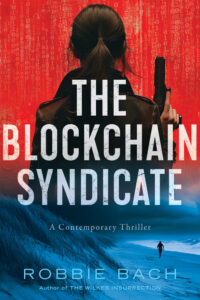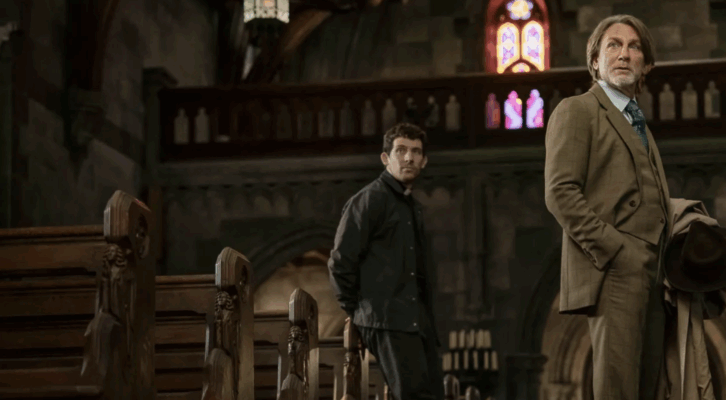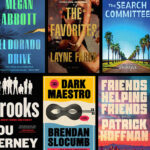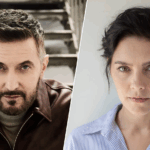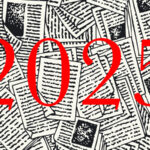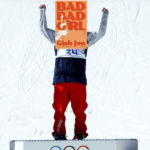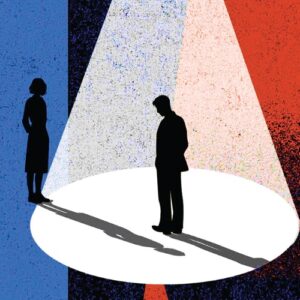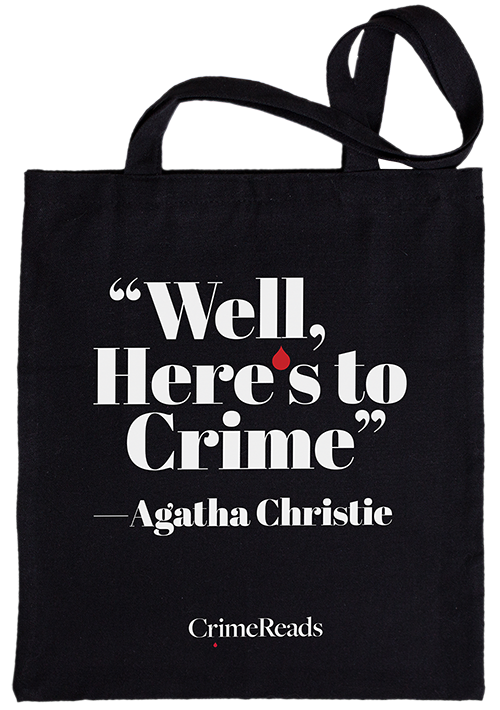Like a theatrical performance, my professional life can be divided into two acts. In Act I, I worked for 22 years as a tech leader at Microsoft, including driving the creation and launch of the Xbox. More recently, Act II focused on writing and publishing three books, including two novels, The Wilkes Insurrection and The Blockchain Syndicate. Like any good play, there are elements that connect these two Acts and important differences that have changed the plot of my life.
Creating a product, whether it is a great video game or a compelling thriller novel, involves a certain, predictable rhythm. In software development, the creation process involves a series of sprints – time-limited efforts by the team to write the code necessary for certain elements of the product. Similarly, my writing involves defined efforts to create specific elements of the story. Both software and manuscripts then go through a revision and editing process to fix bugs, iron out issues, and correct flaws in the storyline. Eventually you do a beta test for each – and make final changes in the product.
Another key learning from my time on Xbox was the importance of storytelling. Too often we think of technology as a collection of 1’s and 0’s, bits and bytes, linear lines of code. In fact, all that engineering work forms a tapestry for the product – and particularly in video gaming, that tapestry tells a story. Halo, a groundbreaking gaming franchise, introduced some incredible game play elements, but importantly it told a story. There was a plot. Characters like Cortana and Master Chief had personalities and histories. Good and evil spilled across the screen from scene to scene. Each release pivoted on plot shifts, and the action built to a dénouement. You not only played the game, but you got to BE the hero.
All these elements form the core for writing a manuscript. When people ask how I learned to create characters, to plot action, to surprise an audience in my novels, I recall my experiences working on Xbox. I’ve always been a perfectly good writer, but my time on Xbox taught me how to be a storyteller. It’s no accident that there is a series of Halo books.
Working in the tech sector requires a high tolerance for risk. You are often building new products with untested technologies to solve problems some people don’t even know they have. You’re never sure if the product is going to “work” until the very end of development, and even then, there is no guarantee anyone will buy or use it. Beyond the venture community, risk and failure are high even within larger companies like Microsoft. I was the leader for products like Zune, Kin, and NFL Fever – all of which failed for various reasons.
When I’m writing a novel, I have much the same feeling. Will people follow the plot? Are the characters compelling? Are the villains believable? Thousands of books are released each year and very few break thru. And yet, we keep on writing. Whether you are composing software code or a political thriller, success can be an ephemeral goal that very few reach. Developers and authors have to be prepared to embrace that risk and uncertainty.
Despite these similarities, my Act II has been a notable departure from my years in the tech world. Leaving aside the joy of now controlling my own calendar, the solitary nature of my writing is the biggest change from my Act I at Microsoft. Building a software product involves programmers, designers, product managers, various forms of testing and verification, and more. At its core, tech development is fundamentally a team sport. I always enjoyed the interactions with others, but it adds complexity to the process and introduces random elements into the system that are often out of your control.
Writing, in contrast, is primarily a solitary exercise entailing hundreds of hours in my cabana office with my dog Roscoe as my only source of interaction. There is a certain calmness and serenity that comes with that solitude, but it also requires willpower and self-assuredness to fight through the difficult points and push a chapter or plot line to completion. The lack of immediate feedback and commentary is a source of joyful creative freedom, but it also requires a great deal of self-confidence and perseverance.
The second thing I learned when I moved from tech to writing is that the development process operates very differently. The digital product creation process is a very structured system that produces a new piece of hardware or software. While different groups and companies use slightly different methodologies, virtually all of them include timelines, schedules, deliverables, dates, metrics, etc. Someone can move from one company to another, make a few adjustments, and feel right at home.
For me, writing is completely different. I’ve talked to numerous authors and none of them use the same process. Some spend copious hours researching and outlining before they begin writing. Others write a certain number of words every day. Still others dedicate a specific number of hours each day. I have my own writing approach and process. I begin a new manuscript by writing a prologue, which is a scene that takes place 75% of the way through the story. I then work without an outline writing for 3-4 hours each day and fashion the plot and my character’s actions to arrive at that specific spot in the story. I often go for several weeks without spending time on the manuscript, I conduct much of my research as I am writing, and I submit to an editor only after completing three drafts of the story myself.
Finally, the nature of competition in the tech world differs from the literary scene. Technology evolves so quickly (and the pace is accelerating) with new competitors constantly joining the fray, creating a highly dynamic environment where companies are regularly adjusting their product features and development priorities. While there is certainly plenty of competition in the book market – and arguably too many books for consumers to absorb – the impact of that competition falls more on publishers than it does authors. A publisher may shift when a book goes to market or sign authors who are strong in a hot genre, but the fundamental nature of what a writer creates doesn’t change anywhere near as much based on competitive and market dynamics.
My transition from tech executive to writer was not smooth. My first fiction manuscript was over 175,000 words requiring me to cut almost 70,000 words to from the final manuscript for The Wilkes Insurrection. Some of this was just improving my writing skills but much of the learning related to fundamental differences in the process and environment. Ultimately, however, the storytelling, creativity, and perseverance I brought from my time at Microsoft carried over to my Act II enabling me to find new passion and joy in my characters and stories.
***


